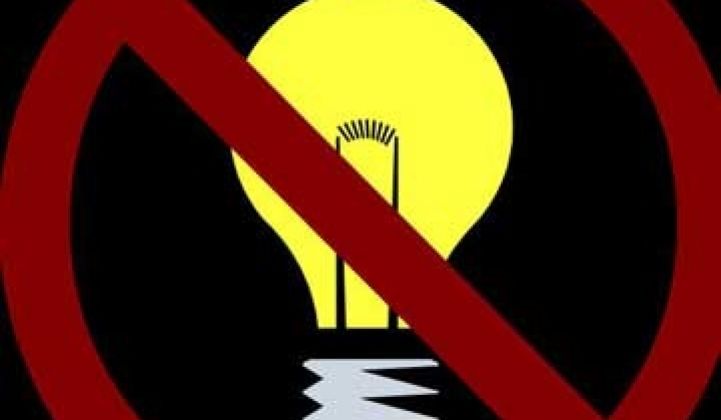Investment in energy efficiency may be rebounding in 2010, according to the fourth annual Energy Efficiency Indicator released on Monday by Johnson Controls and the International Facility Management Association.
The EEI report surveyed more than 1,400 executives and managers in North America who are responsible for making investments and managing energy in commercial buildings. Despite limited capital, 60 percent said they were planning operating expenditures in efficiency programs over the next year, up from 55 percent in 2009.
Other highlights from the survey found:
- Energy cost savings continues to be the most important factor for efficiency upgrades, with 97 percent of respondents reporting that they considered cost savings to be significant.
- Fourteen percent of respondents said they had a publicly stated greenhouse gas reduction goal.
- Despite the impasse at Copenhagen, 75 percent of those surveyed still think some sort of carbon legislation is likely in the next year in the U.S.
- Nearly 50 percent require a less-than-three-year payback for energy efficiency projects.
- Forty percent of those surveyed don't know or have not yet prioritized their strategies for reducing their organization's greenhouse gas emissions.
- Energy efficiency in buildings was by far the top strategy to reduce carbon emissions.
- One-third of respondents are aiming for green building certification for new construction projects.
- The retail industry is lagging, with only 26 percent saying they had plans for efficiency projects over the next year.
- Retrofitting lighting systems was the most popular efficiency measure.
- The second most popular efficiency measure was educating employees.
- On average, respondents expect energy prices to jump 7 percent this year.
- Capital was the largest barrier to implementing energy efficiency programs.
Although some measures, such as the importance of energy efficiency in new projects, were down in 2010, overall investment in retrofitting and efficiency remained flat or increased from the same time last year.
"It's a very challenging economy, yet overall spending was about flat," said Dave Myers, president of Johnson Controls Building Efficiency business, "so I think it demonstrates [. . .] that energy efficiency is here to stay."
There's still much more that can be done, however. Many organizations still seem to be just picking the low-hanging fruit when it comes to efficiency, and the majority of respondents did not have a plan or haven't prioritized a plan for reducing greenhouse gas emissions.
"If we can build greater awareness, we can have a much greater impact," said Don Young, vice president of communications at International Facility Management Association.
Experts at Johnson Controls expect to see investment continue to grow through 2010 alongside the rollouts of smart building and smart grid technologies that will allow building managers to make real-time decisions to move beyond changing light bulbs and engage in additional energy efficient practices.



